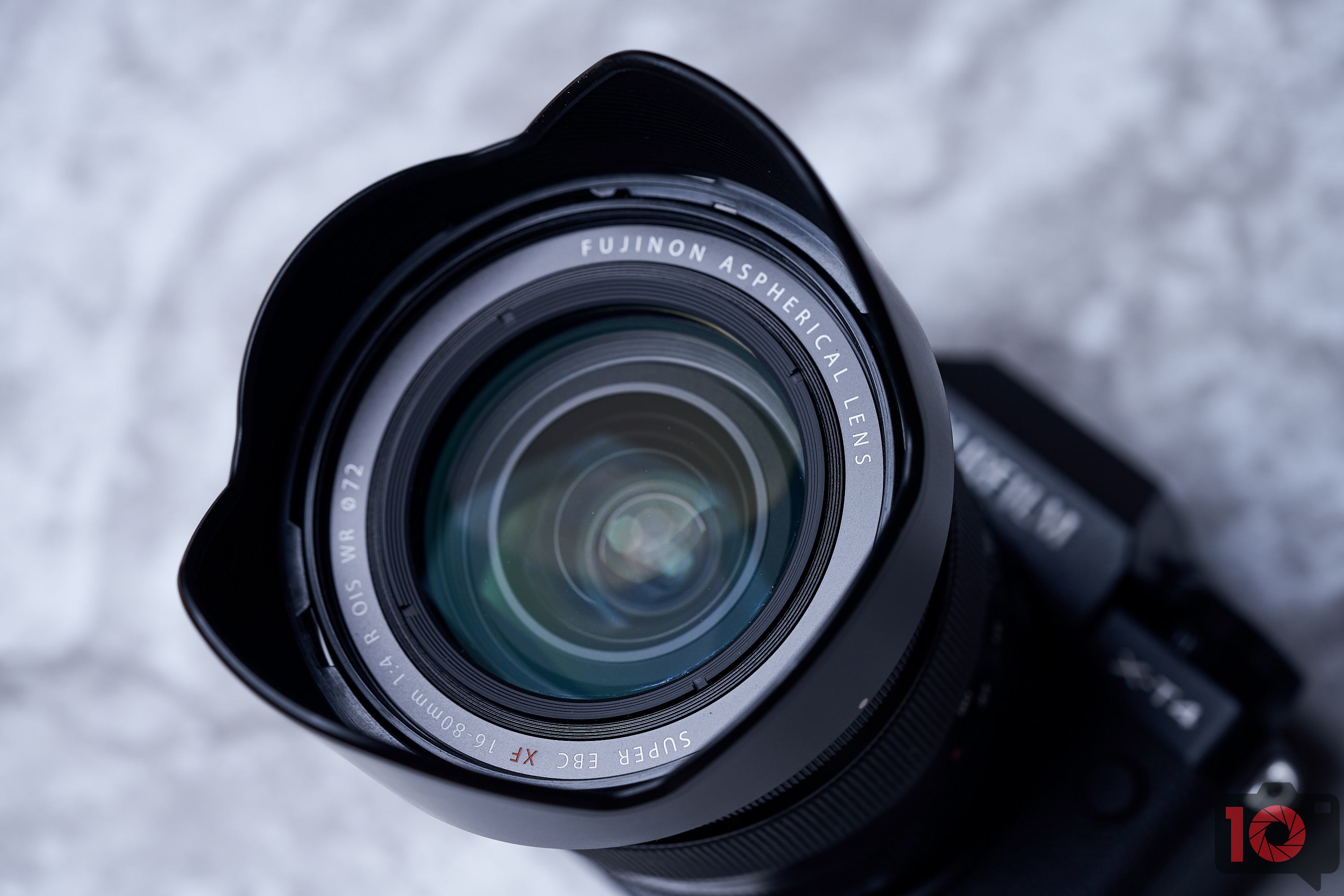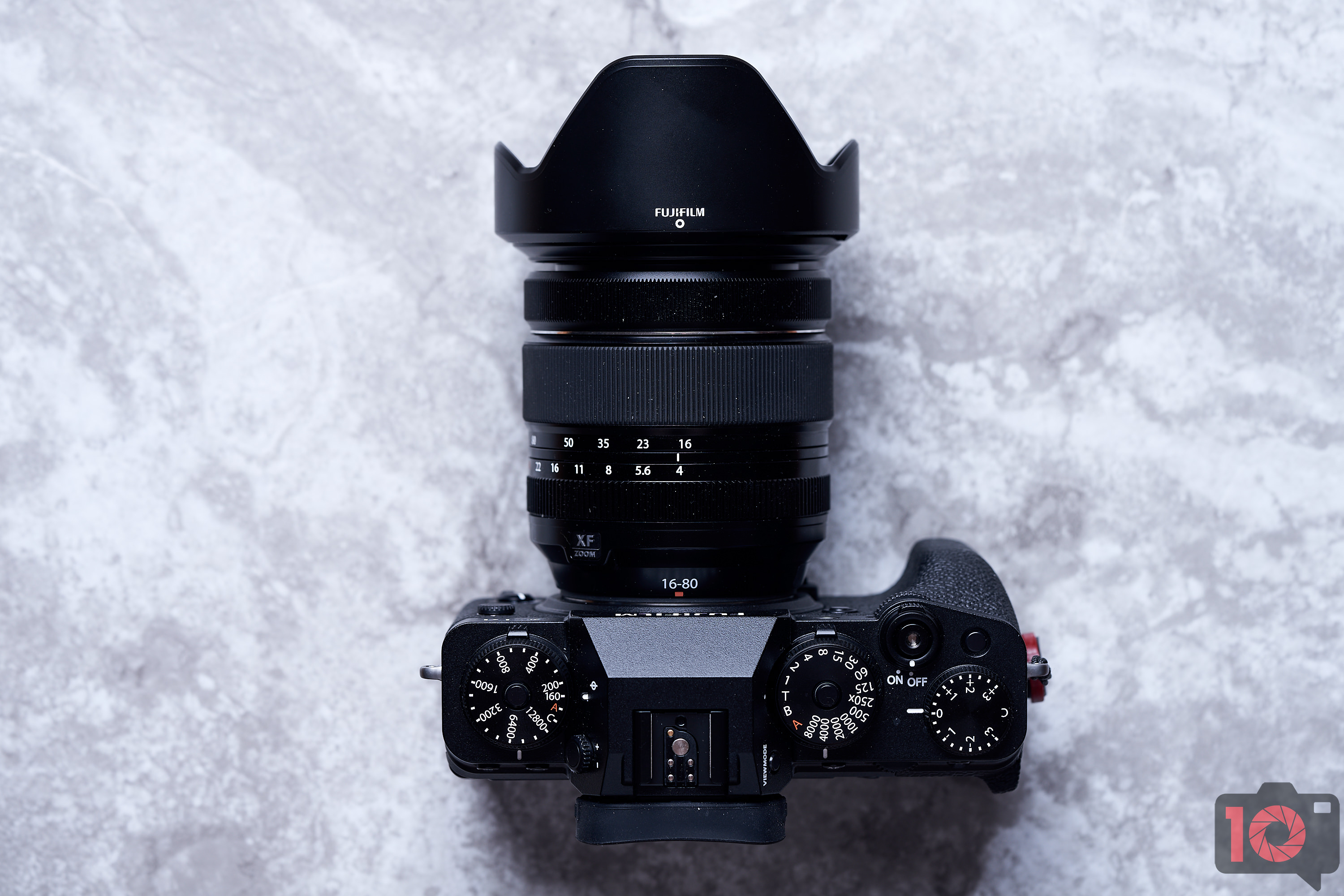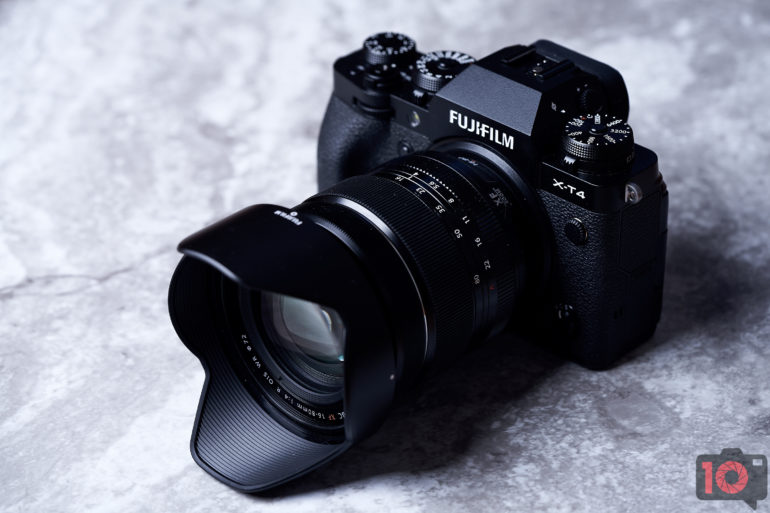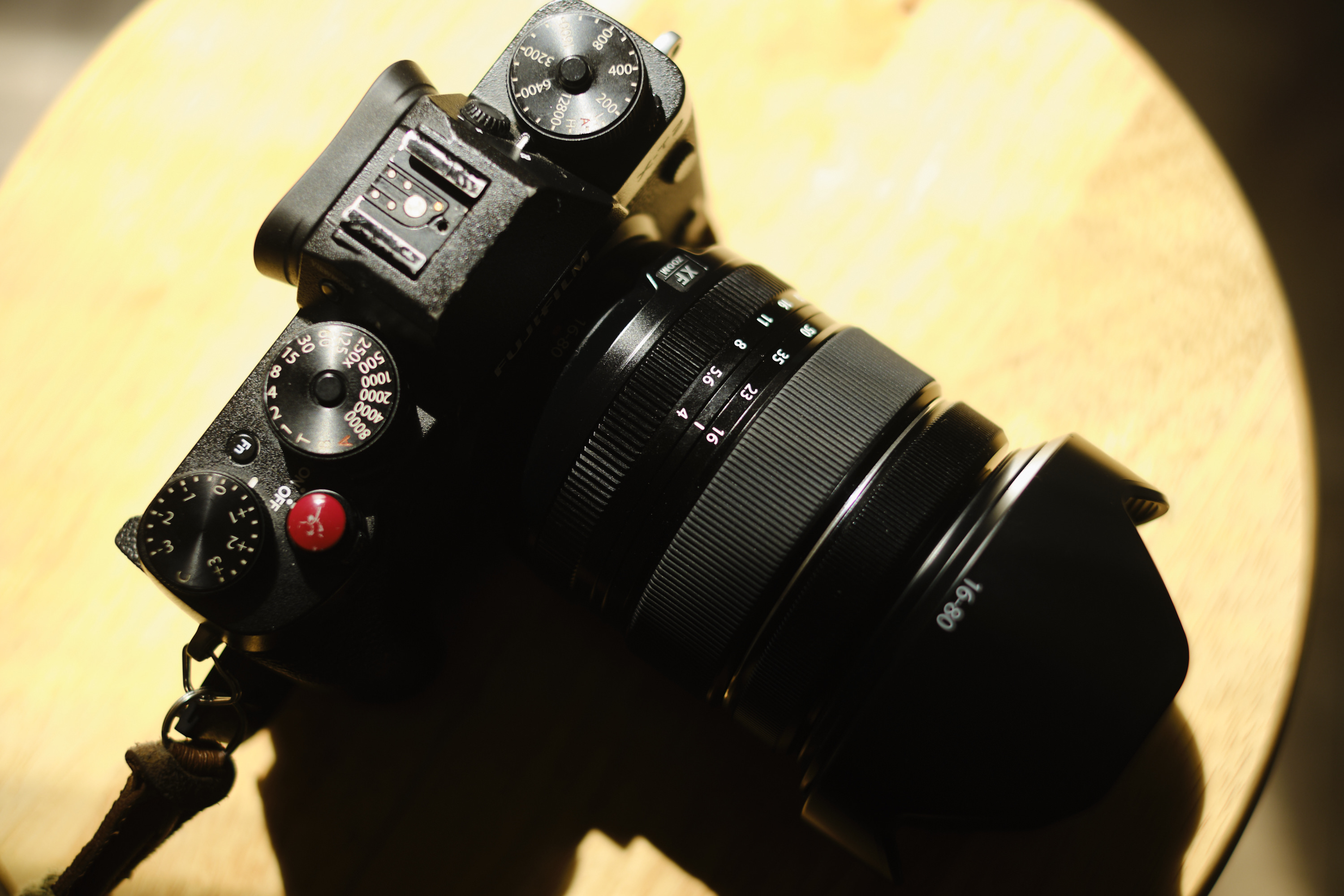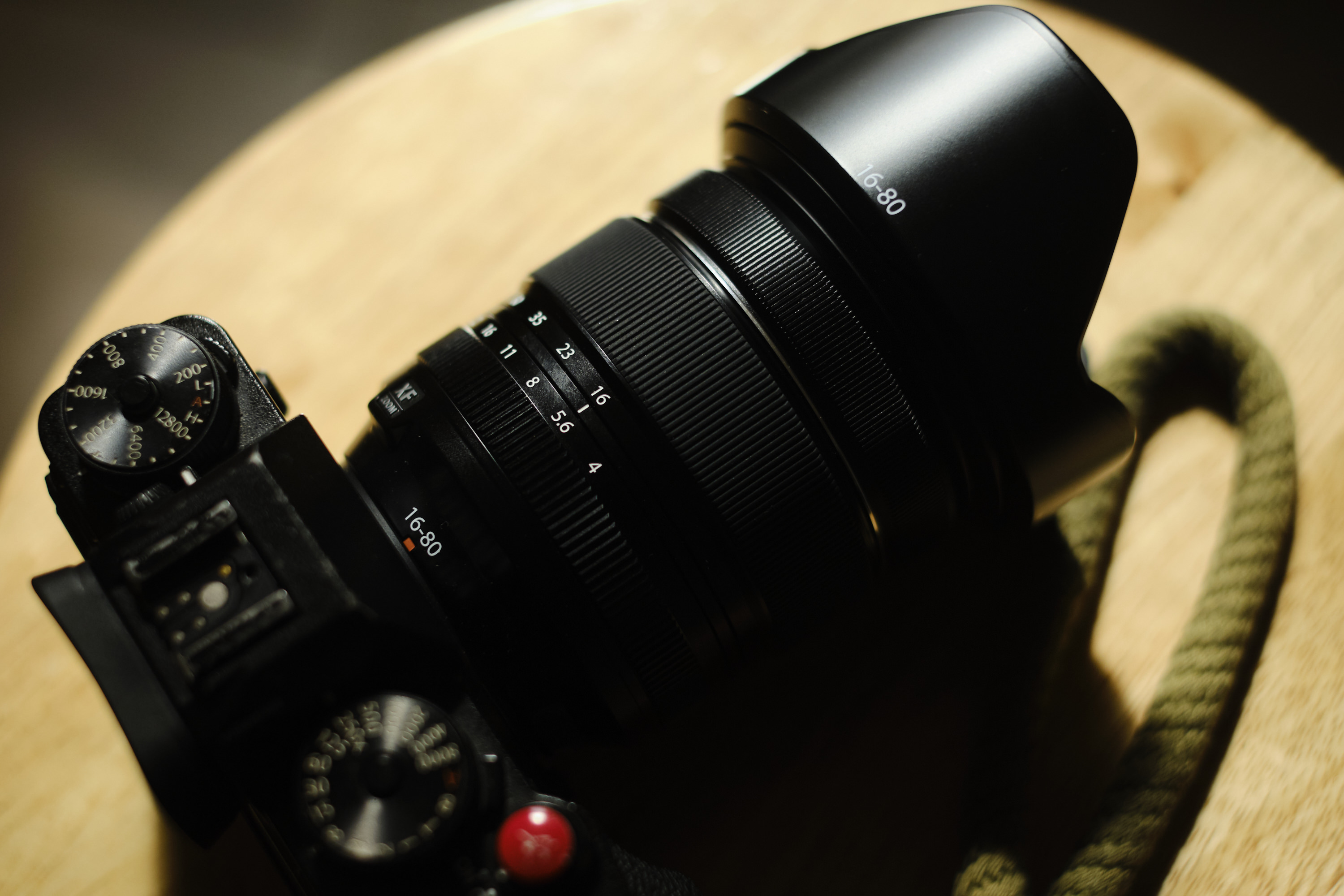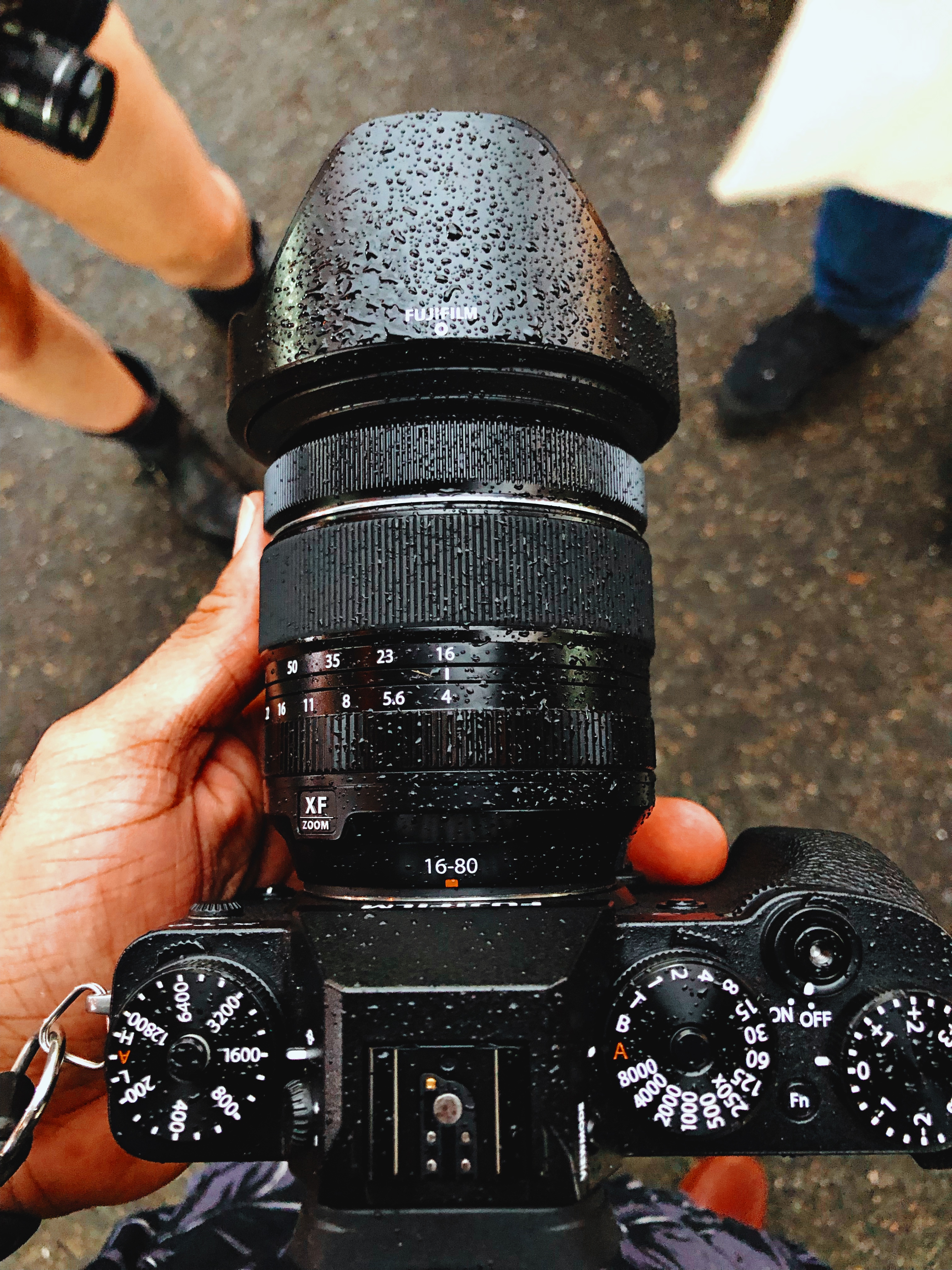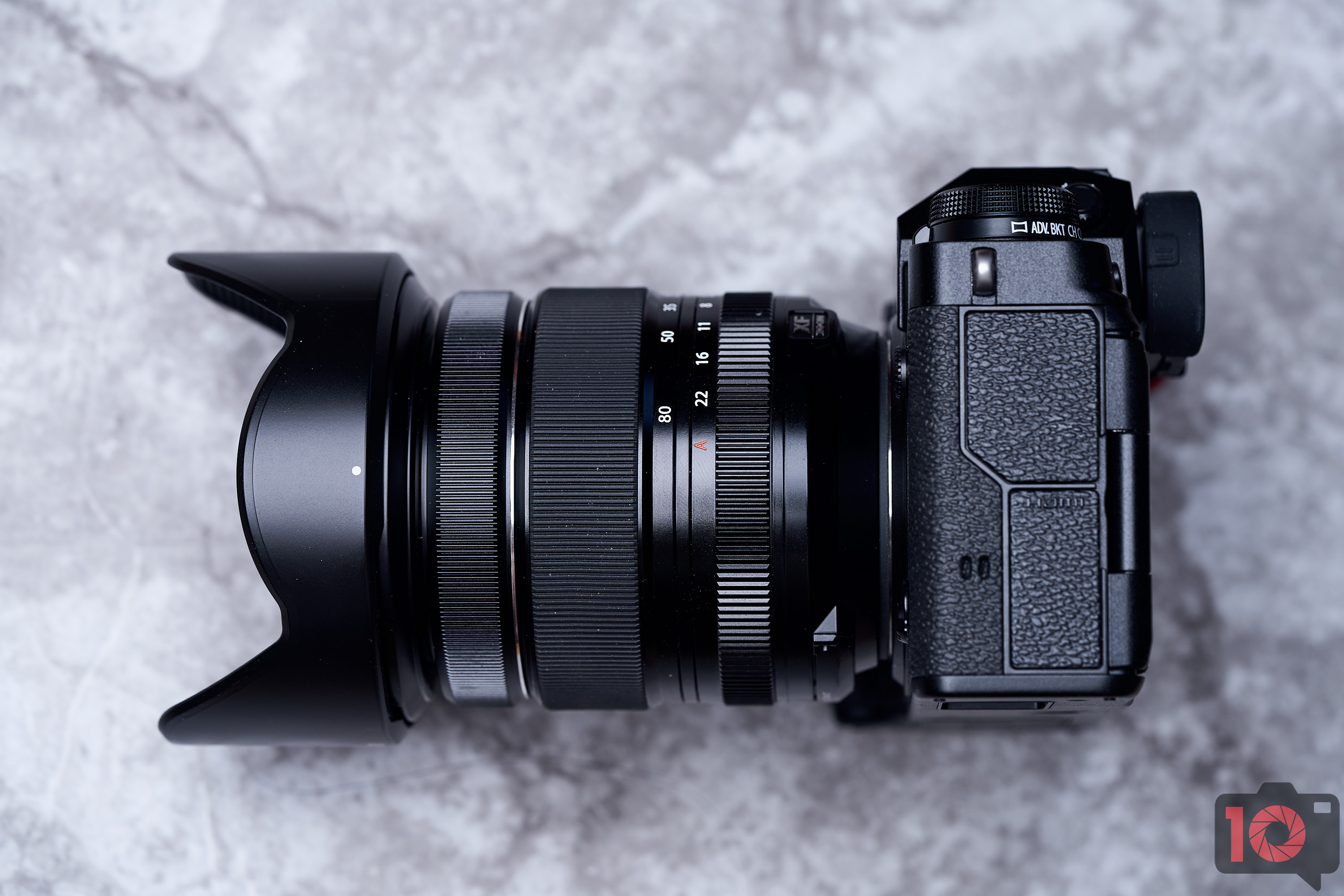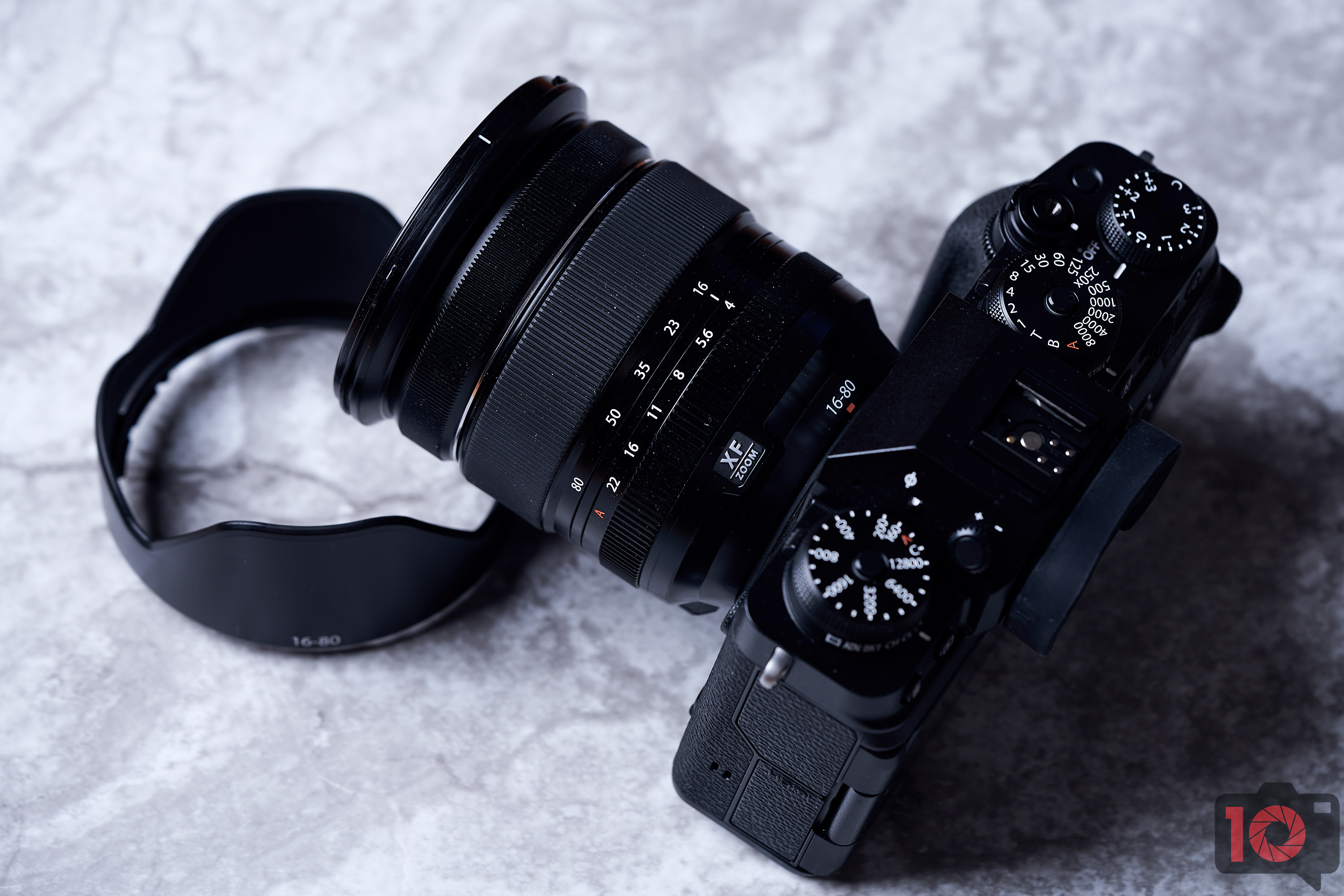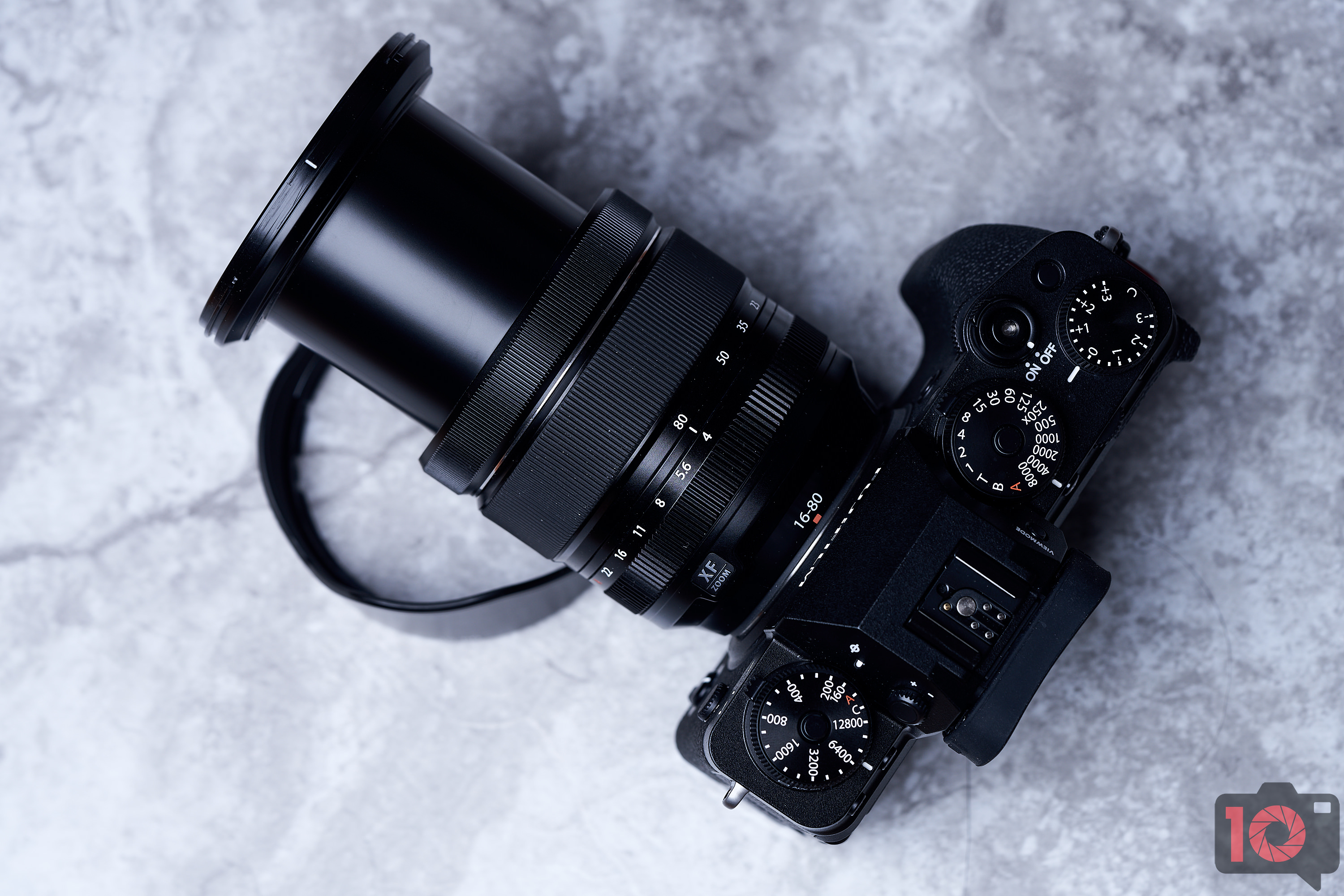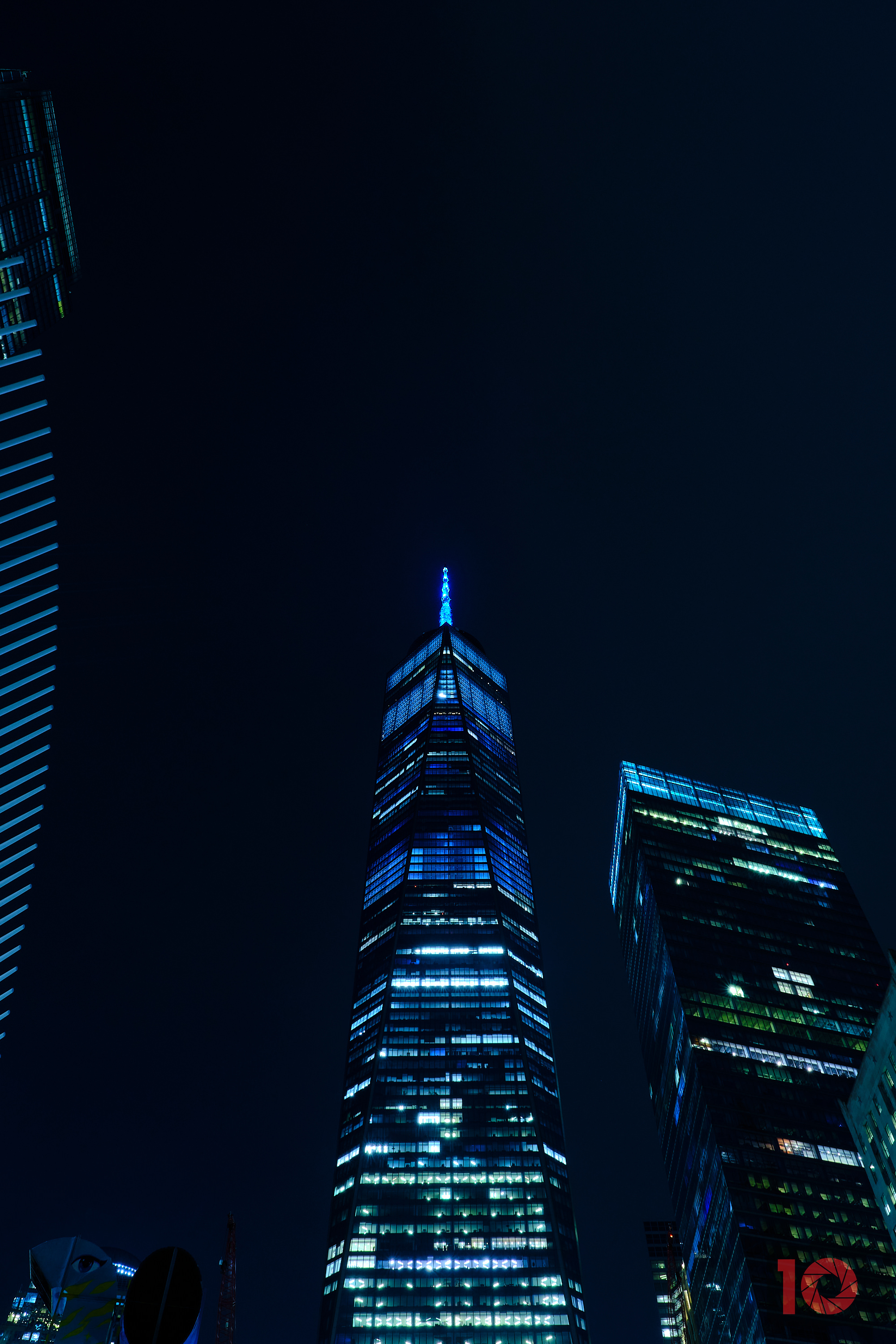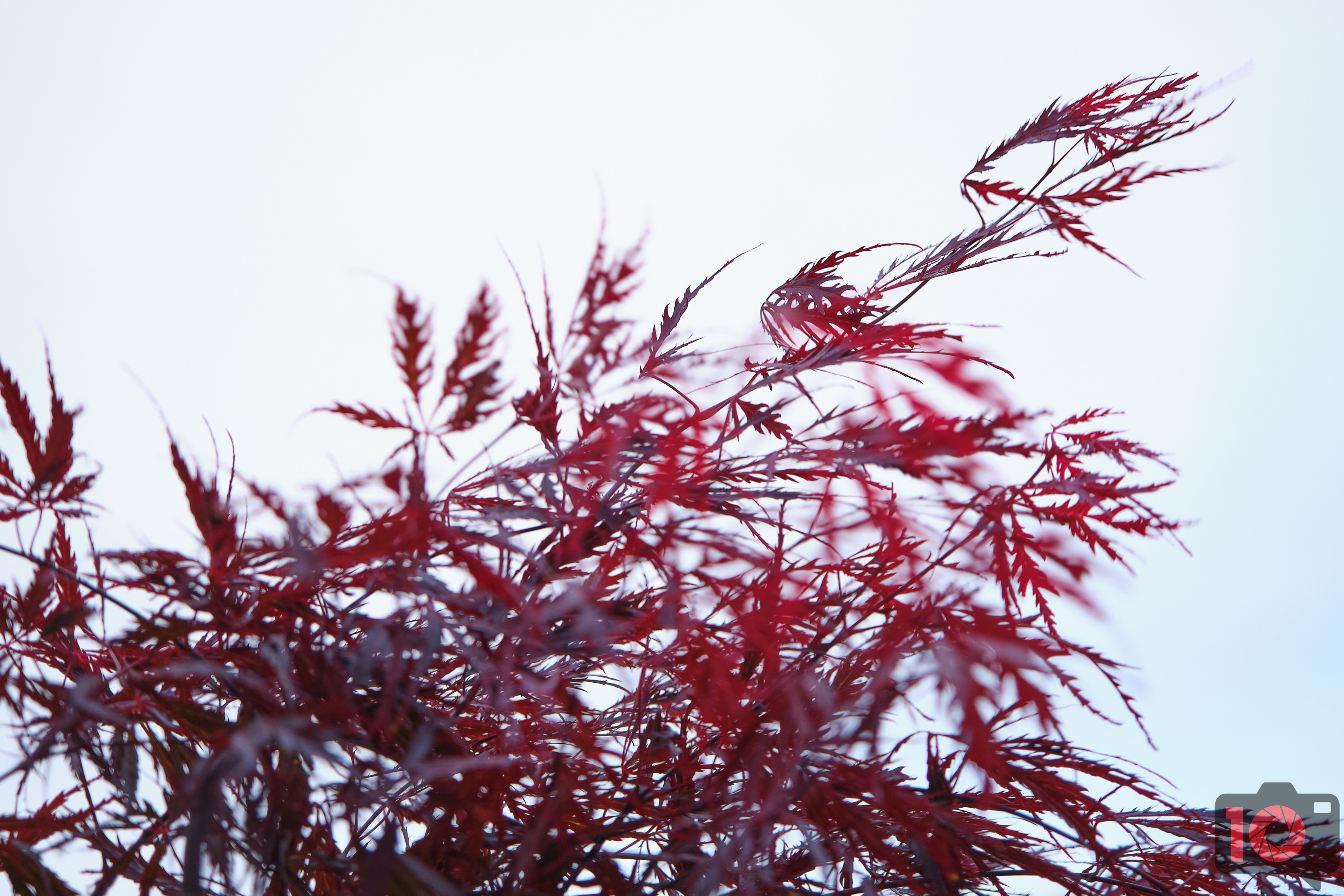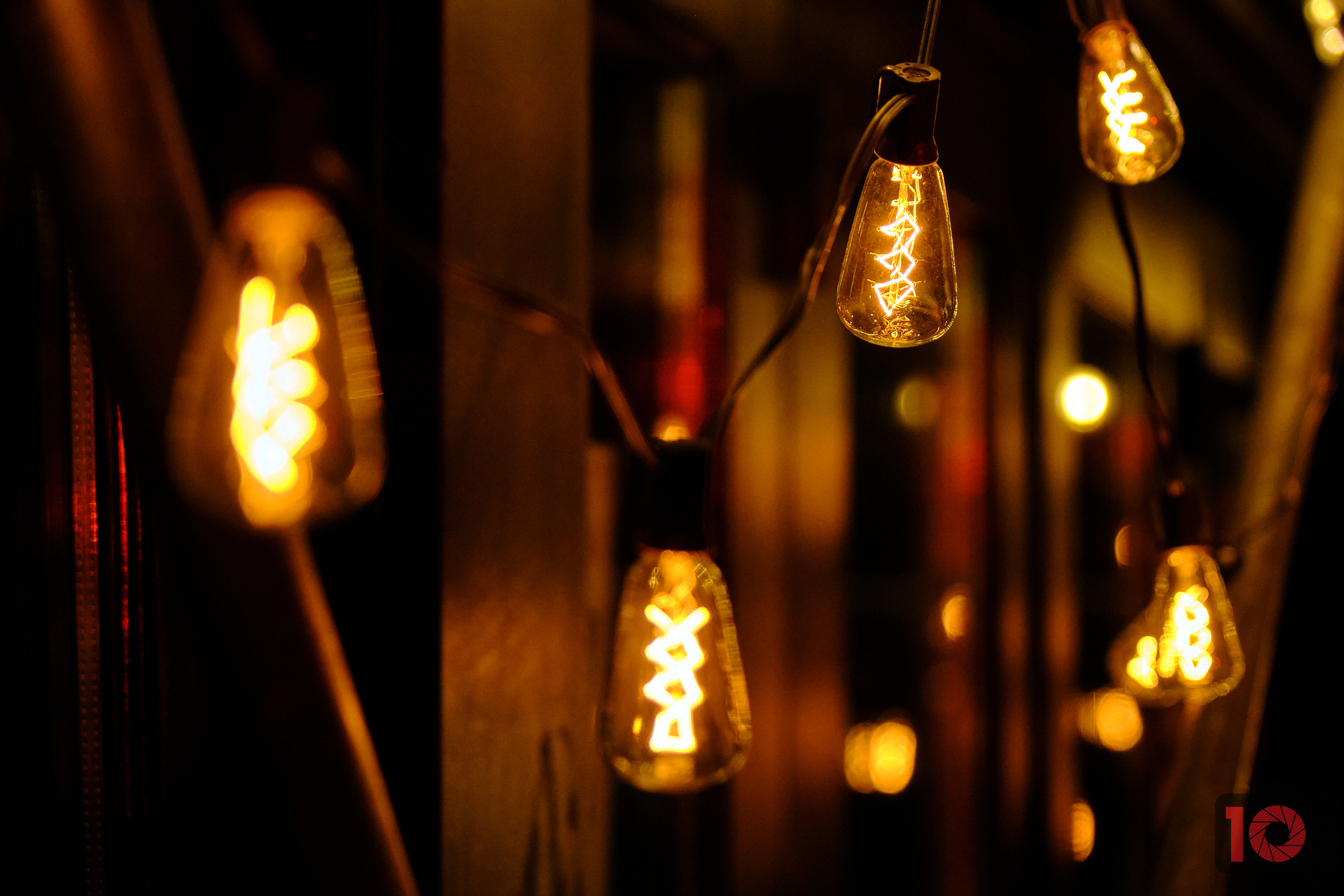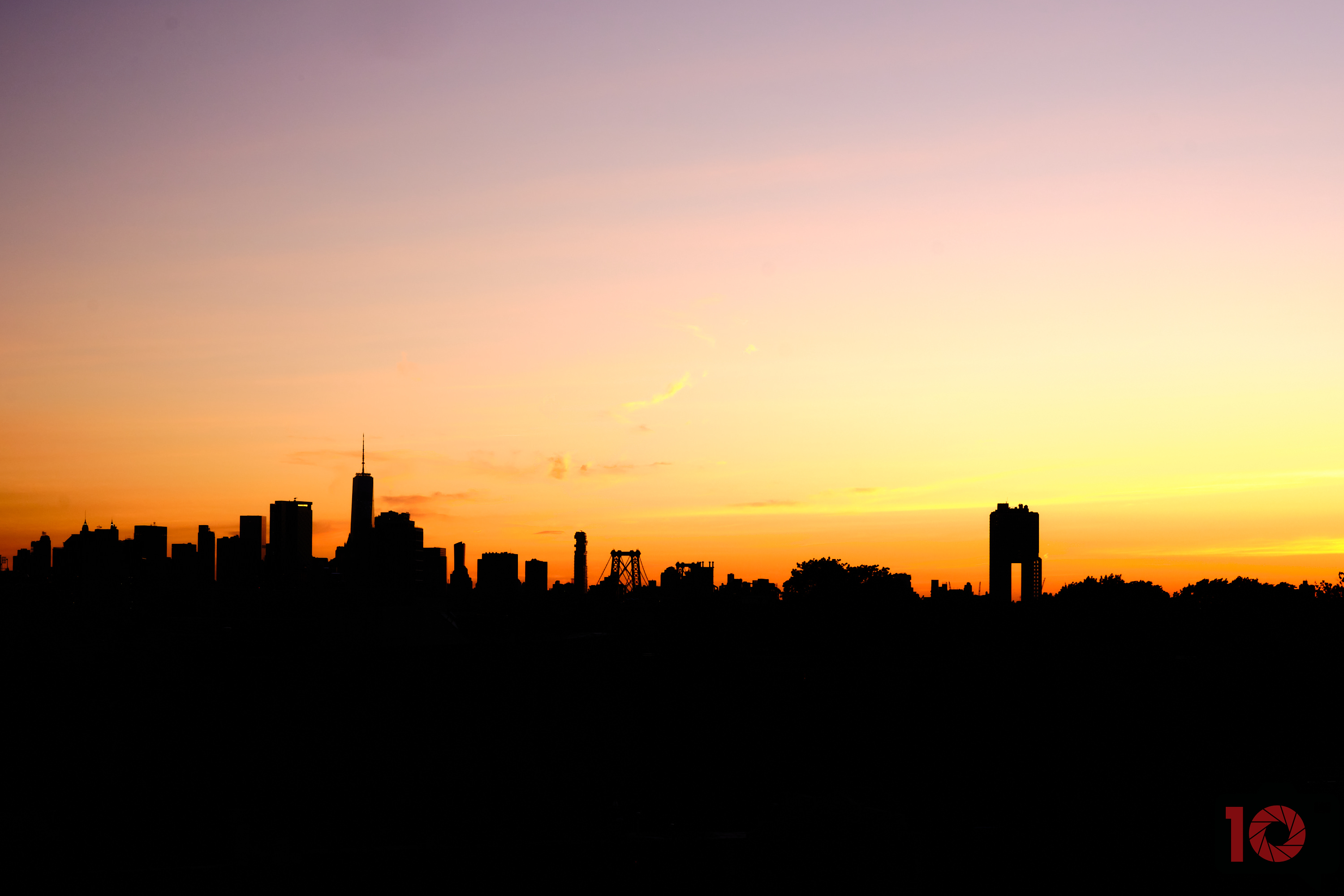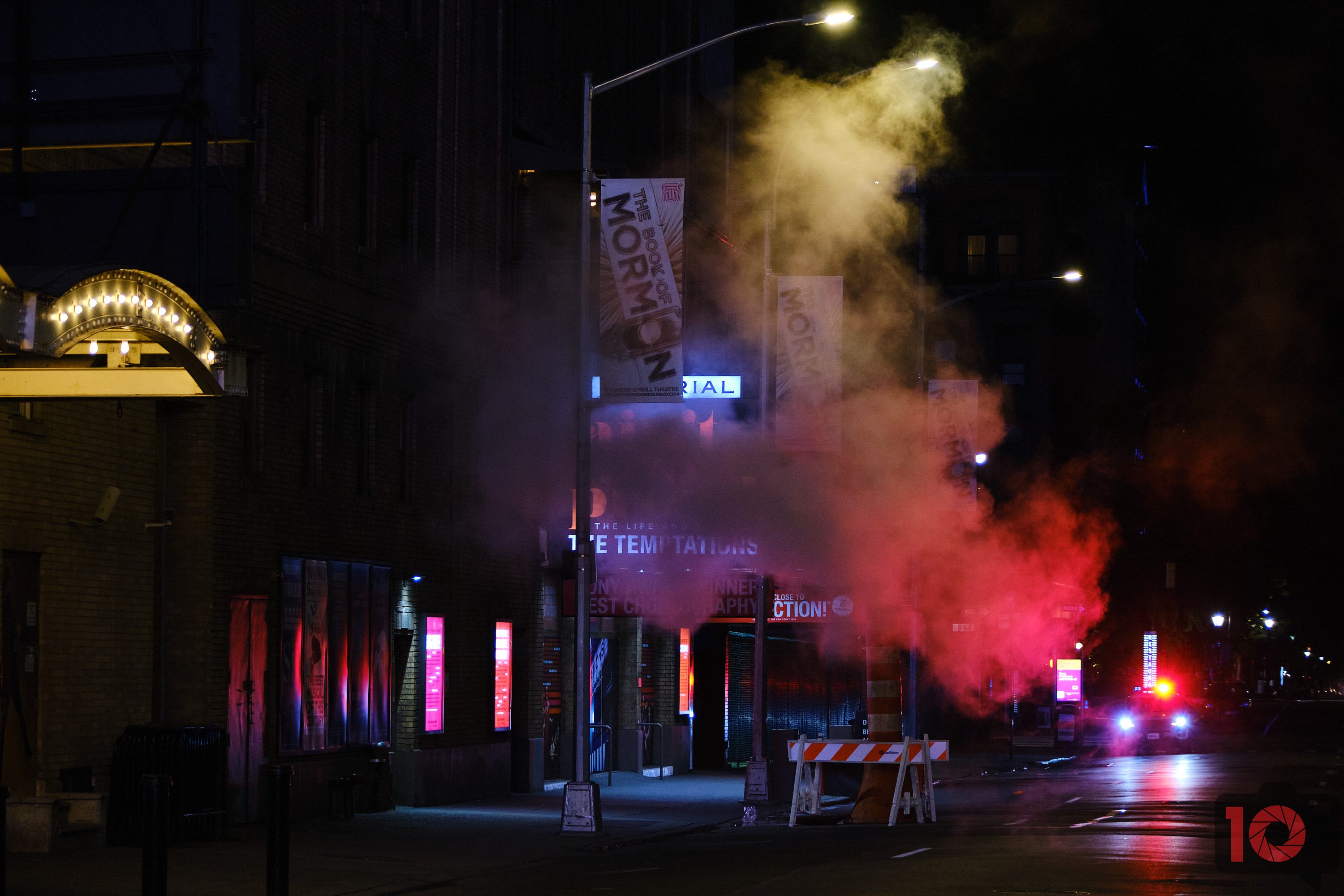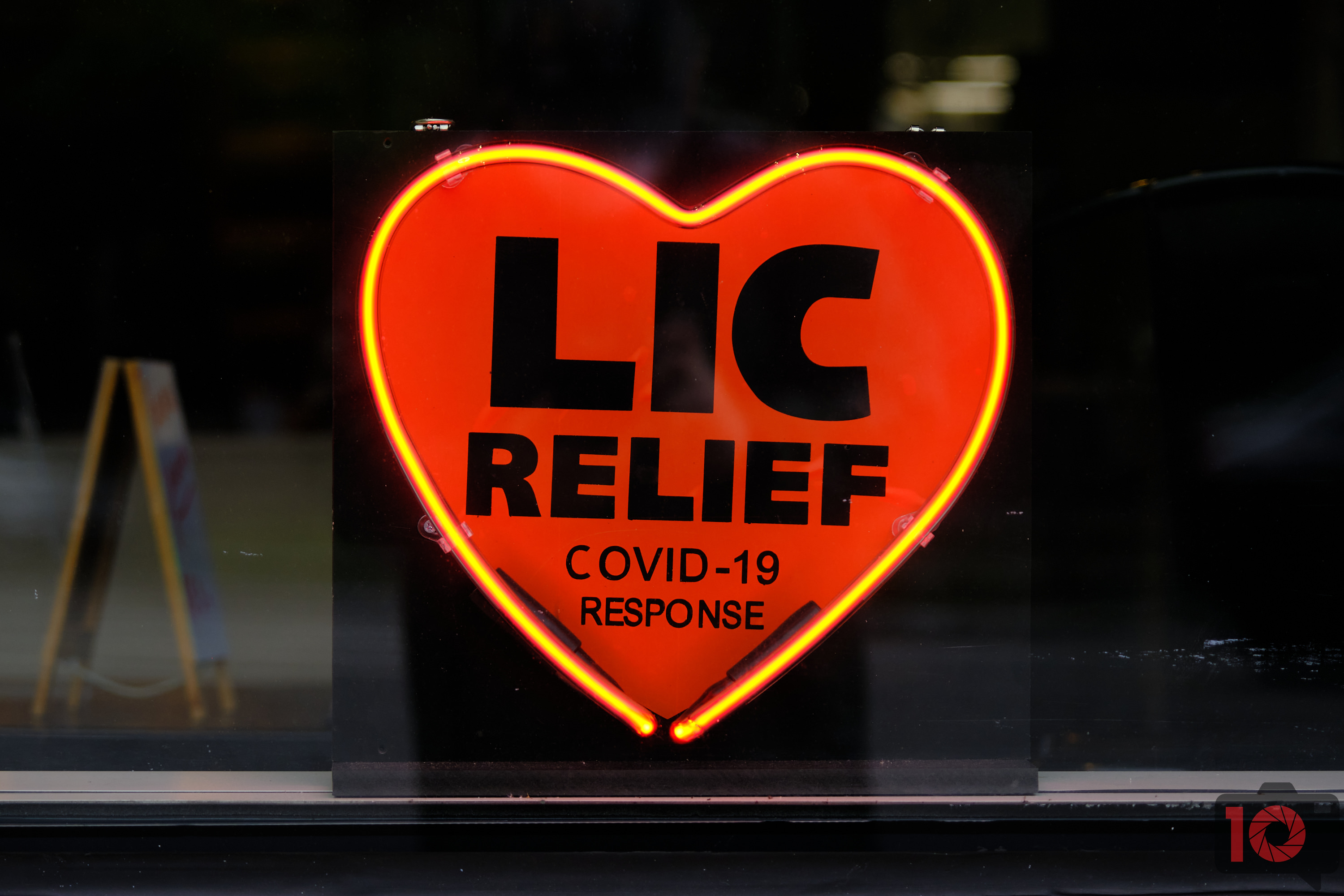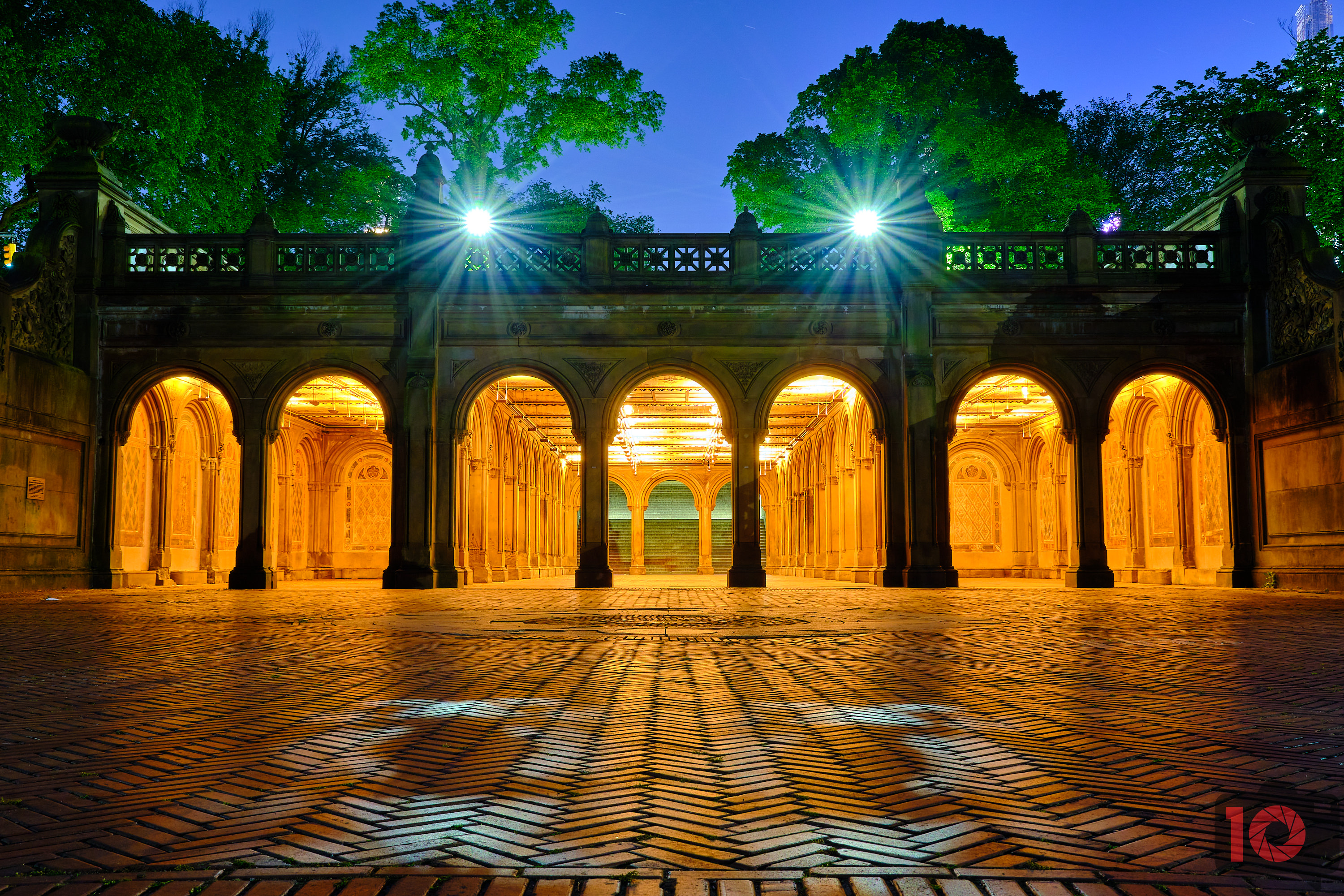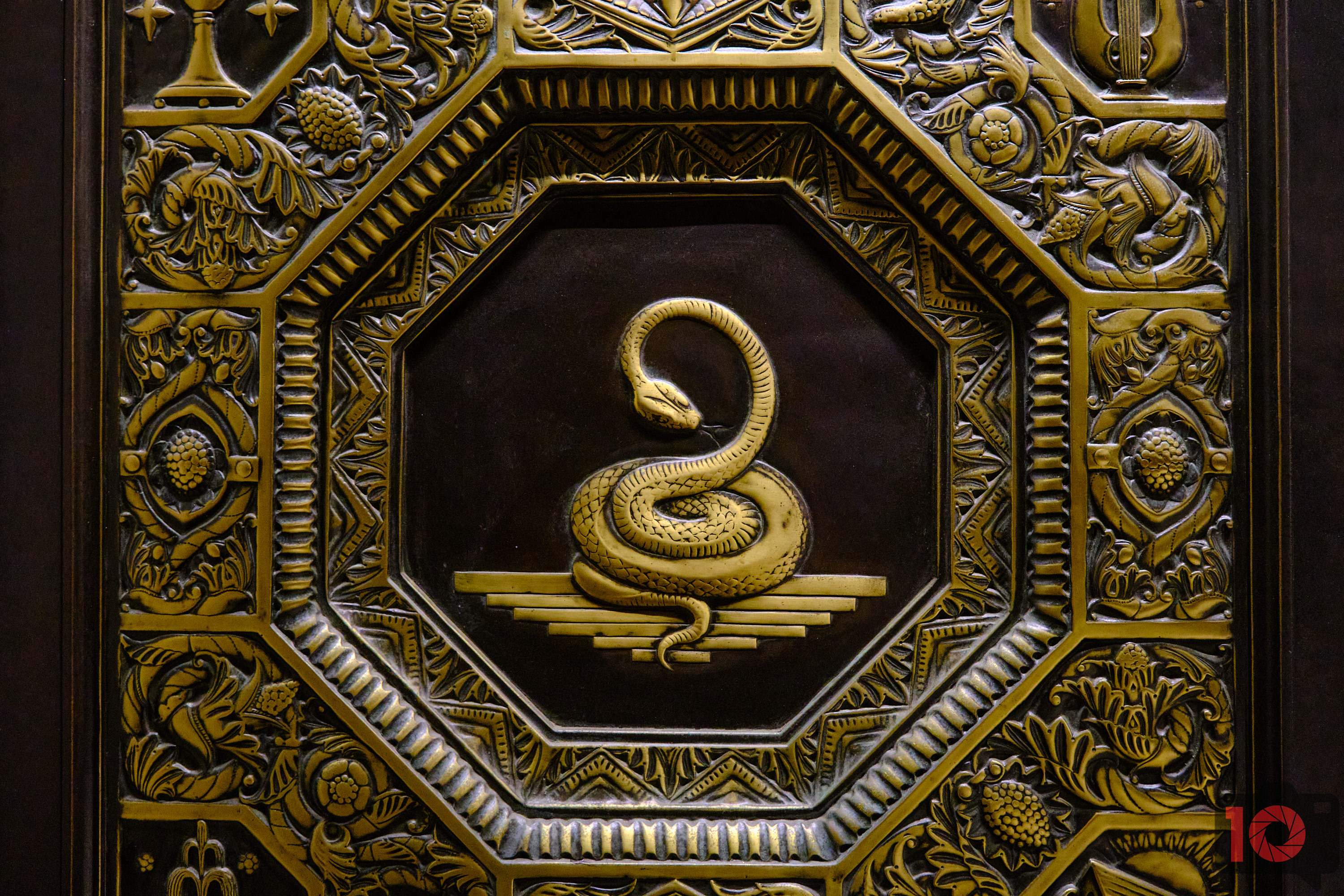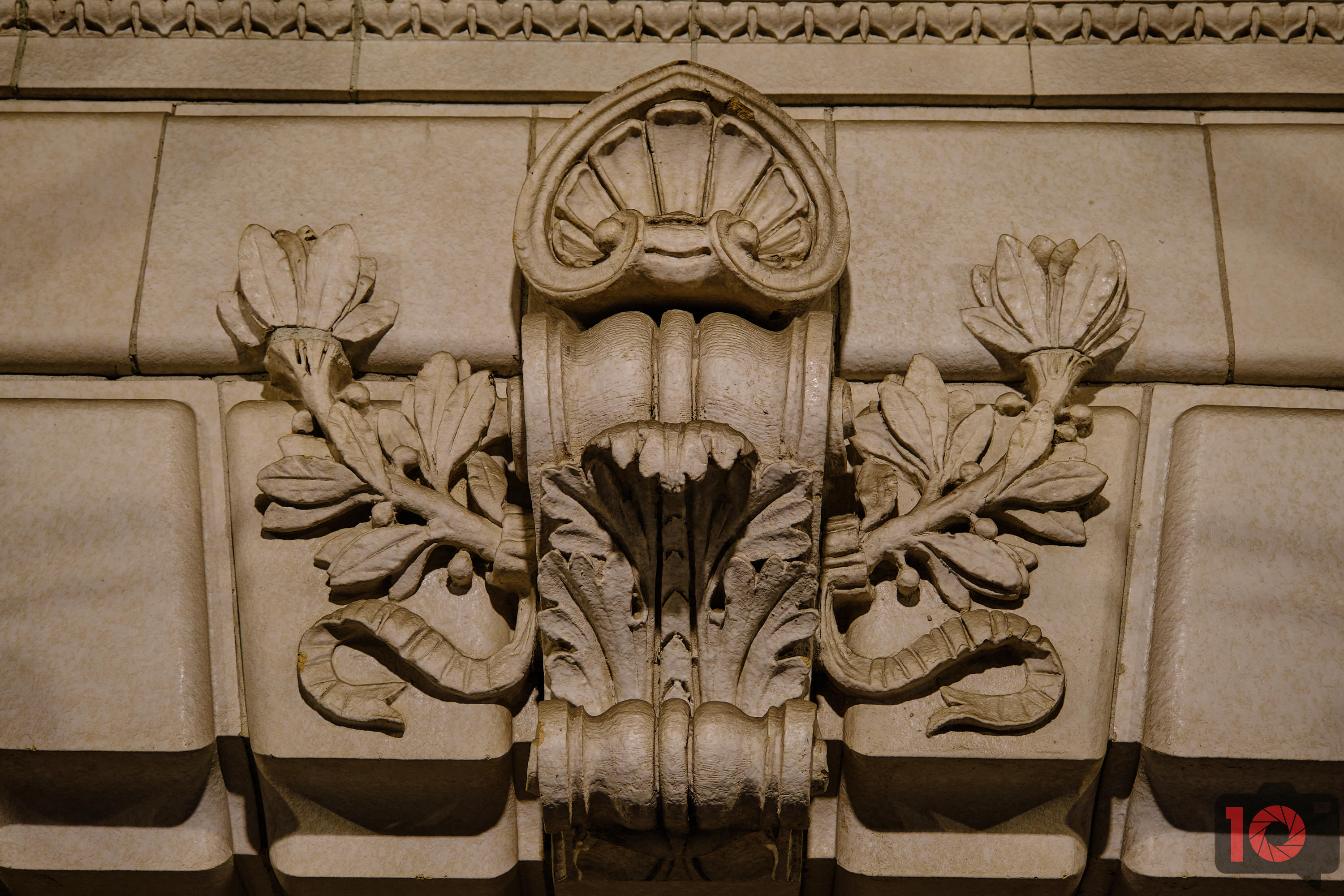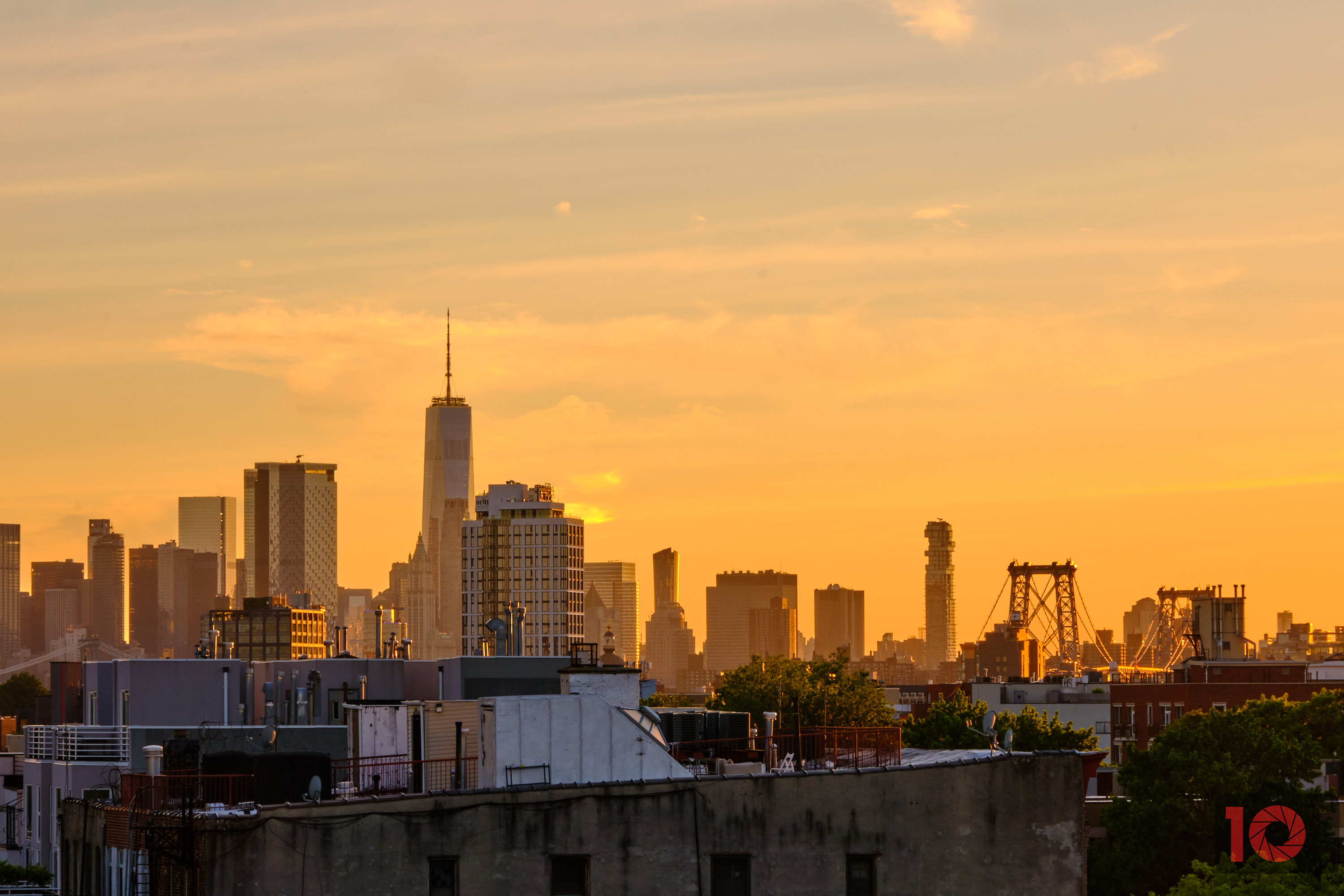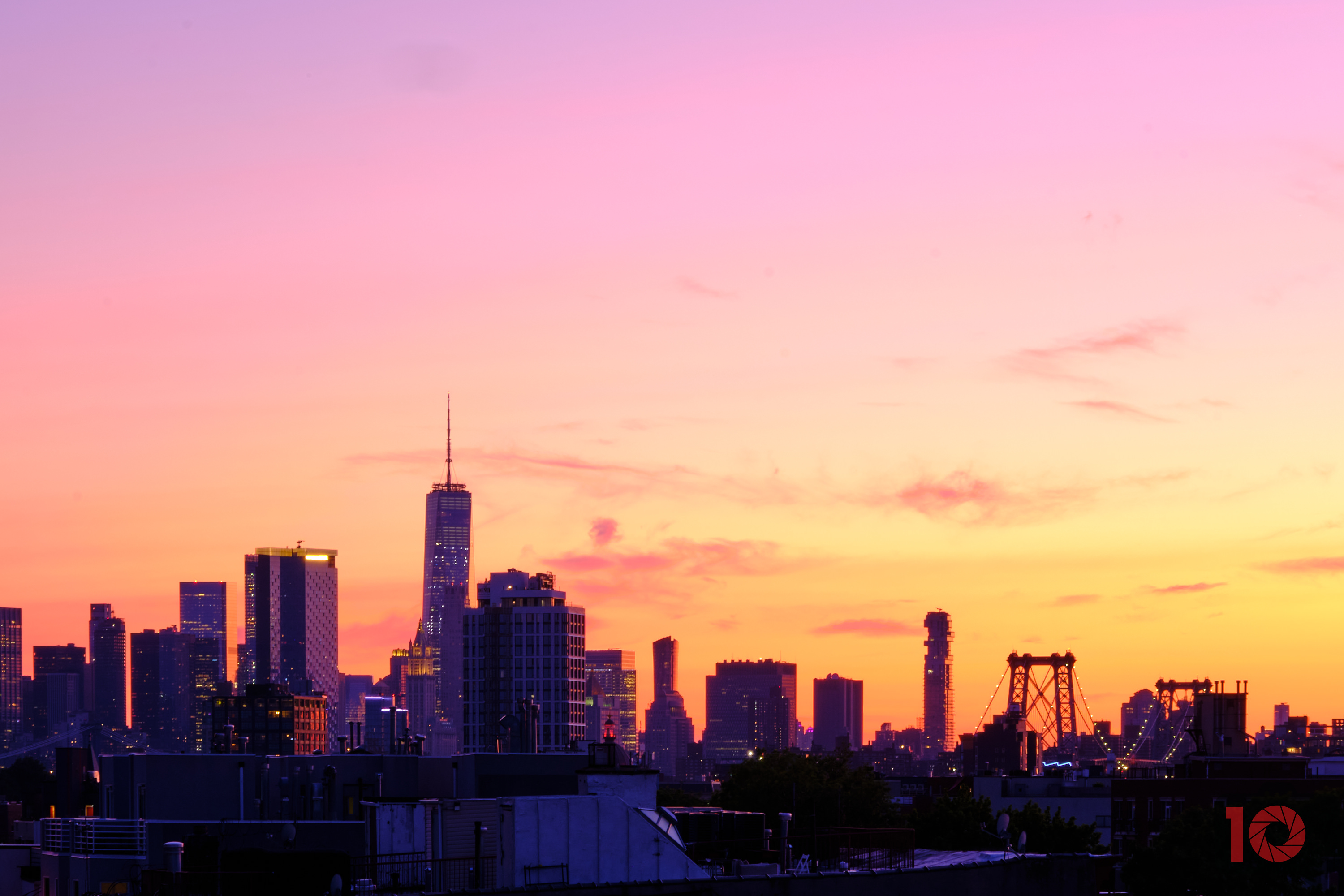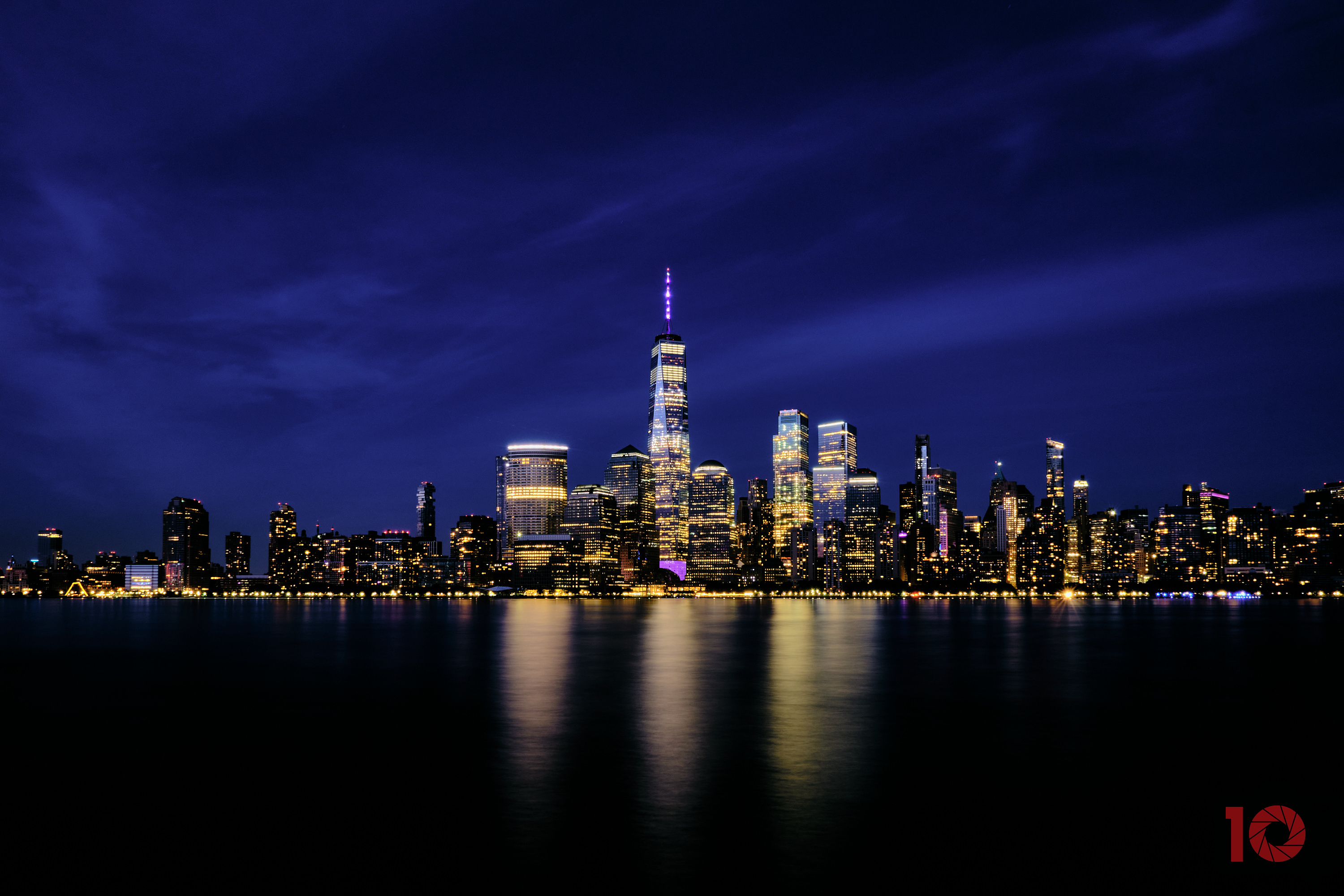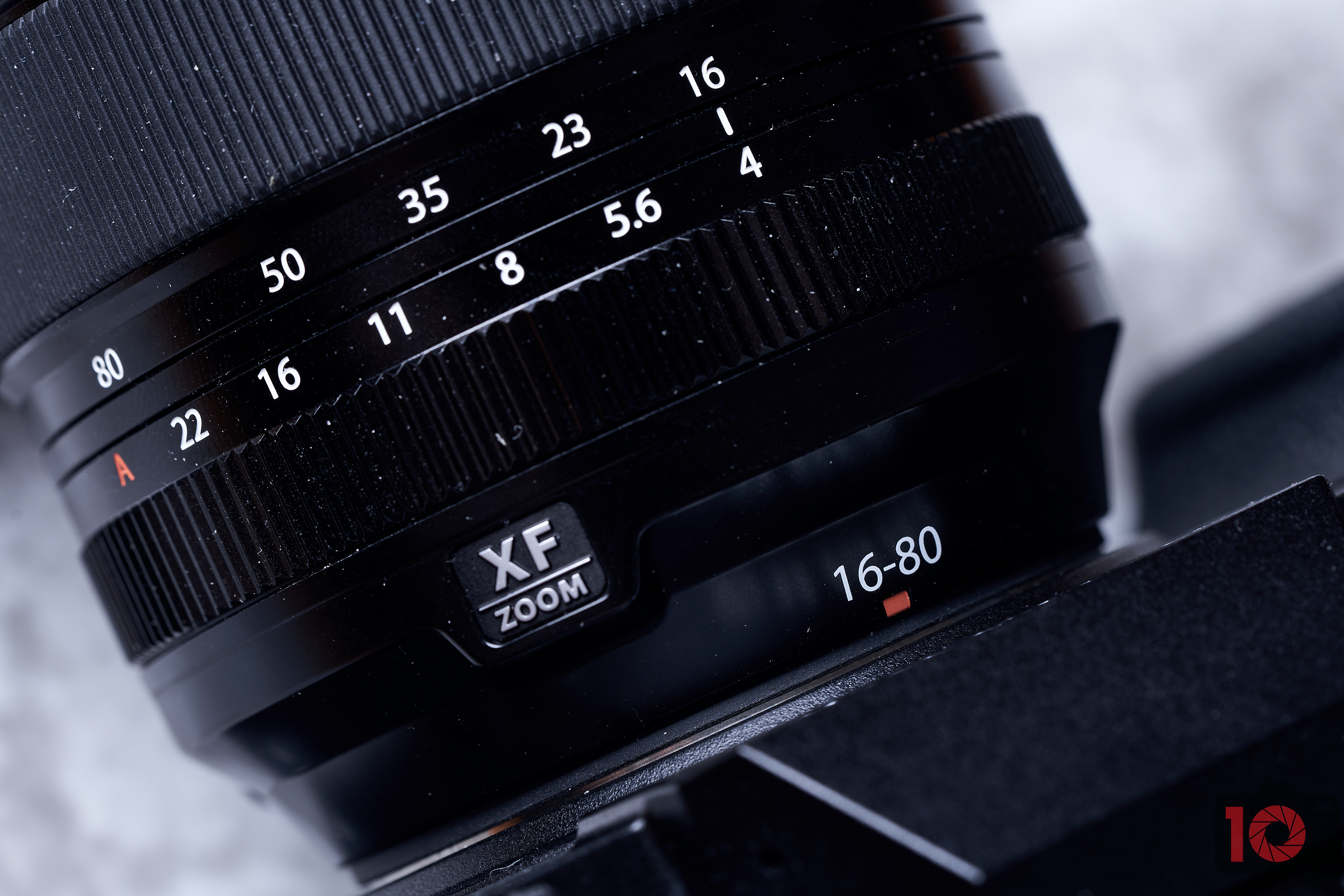Last Updated on 07/02/2020 by Mark Beckenbach
The Fujifilm XF 16-80mm f4 combines a huge zoom range, constant maximum aperture, weather sealing, and optical image stabilization in a compact package.
Until recently, Fujifilm’s 16-55mm f2.8 R LM WR and 18-55mm f2.8-4 R LM OIS lenses were the only options available for X mount cameras when it came to standard 24-70mm zooms (35mm Full Frame equivalent). With the introduction of the Fujifilm XF 16-80mm f4 R OIS WR, Fujifilm shooters finally have a third option. With a focal range spanning the 35mm Full Frame equivalent of 24-120mm, the Fujifilm XF 16-80mm f4 is essentially a 24-105mm standard zoom for the X Mount (with an extra 15mm of coverage at the long end). As its name indicates, the XF 16-80mm f4 is a weather-resistant and optically image-stabilized zoom lens featuring a dedicated aperture control ring. Weighing in at just 0.97 lbs / 440 g, it’s pretty lightweight as well. If you’re a Fujifilm X Mount shooter, the 16-80mm f4 could be the right lens for you.
Table of Contents
Pros and Cons
Pros
- Versatile focal range
- Great image quality overall
- Reliable autofocus
- Excellent chromatic aberration mitigation
- Features optical image stabilization
- A dedicated aperture control ring
- Weather-resistant construction
- Good value at US $799
Cons
- We would’ve liked a maximum constant aperture of f2.8 rather than f4
- Manual focusing ring doesn’t offer much resistance when turning
- No dedicated manual focus button
- Noticeable falloff in sharpness as you move towards the periphery of the frame
Gear Used
We tested the Fujifilm XF 16-80mm f4 R OIS WR lens with the Fujifilm X-T4.
Tech Specs
Tech specs for the Fujifilm XF 16-80mm f4 R OIS WR taken from Fujifilm’s official product page:
| Type | XF 16-80mm f4 R OIS WR |
| Lens Configuration | 16 elements 12 groups (includes 3 aspherical elements and 1 ED aspherical element) |
| Focal Length | f = 16 – 80mm (24 – 122mm) |
| Angle of View | 83.2° – 20.1° |
| Max. Aperture | f4 |
| Min. Aperture | f22 |
| Aperture Control | |
| Number of Blades | 9 (rounded diaphragm opening) |
| Step Size | 1/3EV (16 steps) |
| Focus Range | 35cm – ∞ |
| Max. Magnification | 0.25x (Telephoto) |
| External Dimensions : Diameter x Length (Approx.) | Φ 78.3mm × 88.9mm (Wide) / 131.5mm (Telephoto) |
| Weight (Approx.) | 440g |
| Filter Size | ø 72mm |
| Accessories Included | Front lens cap FLCP-72II Rear lens cap RLCP-001 Lens hood Wrapping coth |
Ergonomics
Ergonomics section adapted from our First Impressions article:
The front of the Fujifilm 16-80mm f4 R WR OIS is fairly small. In fact, the lens overall is pretty portable and, when paired with a flash, it can be a workhorse option. It’s also a decent travel lens that translates all the way into the ergonomics.
The Fujifilm 16-80mm f4 R WR OIS has three primary controls: the manual focus ring, zoom ring, and the aperture ring. These controls give photographers all they need, although a dedicated manual focus switch would be a welcomed addition.
Curiously, there is no switch to activate or de-activate the OIS.
Build Quality
The Fujifilm 16-80mm f4 is a solidly constructed and lightweight (only 0.97 lbs / 440 g) lens overall. Most of the lens’ exterior is metal save for the ridged rubber zoom ring. The only real letdown in terms of build quality was with the manual focusing ring: its turning resistance was less than satisfactory, but more on that later. Much of NYC was sheltering in place due to the COVID-19 pandemic when we were testing the 16-80mm f4 and we didn’t get a chance to test the lens in more adverse conditions than we’re typically accustomed to. There also wasn’t much rainfall in NYC during this time save for the occasional and all too brief drizzles. The above image is of a pre-production 16-80mm f4 taken from our First Impressions article. Fujifilm is known for having some of the best weather sealing in the industry though, so we’re confident the 16-80mm f4 will withstand the usual abuses we’ve thrown at other weather-sealed Fujifilm lenses.
“Fujifilm is known for having some of the best weather sealing in the industry though, so we’re confident the 16-80mm f4 will withstand the usual abuses we’ve thrown at other weather-sealed Fujifilm lenses.”
Ease of Use
As far as zoom lenses go, the Fujifilm XF 16-80mm f4 is pretty standard. The dedicated aperture ring (clicked only, sorry video shooters) allows you to easily dial in your desired aperture. Alternatively, you can set the aperture ring to A and adjust the aperture using one of your X mount camera’s customizable dials. Adjusting your focal length is a breeze as well thanks to the rubberized zoom ring. Note that the Fujifilm XF 16-80mm f4 is not an internally zooming lens. The inner lens barrel will extend outward as you zoom towards the longer end of the focal range.
The only real drawback in terms of ease of use is the Fujifilm XF 16-80mm f4’s manual focusing ability. It utilizes a focus-by-wire manual focus ring that sadly offers very little resistance when turning. Photographers accustomed to precise manual focusing adjustments (such as those shooting astrophotography, landscapes, or long exposures) will find the Fujifilm XF 16-80mm f4 disappointing. You’re not going to find a dedicated manual focus clutch or manual focus button here, which may be a dealbreaker for some. Luckily, the autofocus works rather well: you won’t really have to resort to manual focusing unless absolutely necessary.
The focal range on the Fujifilm 16-80mm f4 is very versatile and equates to 24-120mm on Full Frame. As you can see in the above samples, the 16-80mm f4 allows you to cover a huge distance. You can go from wide-angle to mid-telephoto territory easily. Its minimum focusing distance of 13.8″/35 cm also allows you to get up close and personal with your subjects. Not quite macro-level close, but still very useful nonetheless. Here’s an example of how close you can get using the Fujifilm 16-80mm f4 (with a wide shot of the scene included for reference):
Autofocus
The Fujifilm XF 16-80mm f4’s autofocus was accurate, consistent, and swift when we tested it using the Fujifilm X-T4. The optical image stabilization in the 16-80mm works in unison with the excellent in-body image stabilization within the X-T4 to deliver a whopping 6.5 stops of combined stabilizing power. This made handheld shooting at slow shutter speeds and low light environments possible. The only time we ran into focusing issues was during extremely low light scenarios when photographing long exposures landscapes, but you’re typically focusing manually anyways.
Image Quality
When it comes to image quality, the Fujifilm XF 16-80mm f4 delivers on almost every front. Sharpness is the only area that we can truly find faults with this lens, and that’s if we’re being extra critical. It’s a solid performer that will make for a fine addition into most X mount shooter’s arsenals. Let’s dive deeper.
Bokeh
With a maximum aperture of just f4, the Fujifilm XF 16-80mm is probably not the lens for you if creamy dreamy bokeh is what you’re after. With that said, it’s still possible to separate your subject from distracting elements in the foreground or background using this lens. The transition between in and out of focused areas appears quite pleasant, particularly towards the longer end of the zoom range. Understandably, it’s not the most bokehlicious lens ever, but it’s still capable of rendering pleasing enough bokeh thanks to its 9-bladed aperture design.
Chromatic Aberration
The Fujifilm XF 16-80mm f4 features an optical design that includes an Extra-low Dispersion aspherical lens element along with three aspherical lens elements. They do an admirable job mitigating any potential chromatic aberrations. We didn’t really detect any notable or jarring chromatic aberrations in our images even when shooting in high contrast scenarios.
Color Rendition
As with most Fujifilm cameras and lenses, film simulations and sensor output play a huge factor in how colors are rendered. The same is true with the Fujifilm XF 16-80mm f4. Shooting in Provia (standard on just about every Fujifilm camera) will net colors that appear rich without being oversaturated. If deeper colors are more your cup of tea, go with Velvia. For a more desaturated look, consider giving Classic Negative or Eterna Bleach Bypass a try.
Sharpness
We were able to achieve the sharpest results with the Fujifilm 16-80mm f4 when stopping down to around f5.6 or f8. That said, it’s far from the sharpest lens in Fujifilm’s zoom lineup. In-focus elements within your frame will appear sharpest towards the center. You’ll begin to notice a decrease in sharpness as you move from the center towards the periphery of the frame: not horrendous by any means, but definitely noticeable upon close inspection. Some could argue that this gives the lens some character. But, if you’re the type of photographer who prefers corner to corner sharpness in your images, then the Fujifilm 16-80mm f4 is probably not the right lens for you.
Additional Image Samples
Here are some additional sample images we shot using the Fujifilm XF 16-80mm f4 R OIS WR lens paired with the Fujifilm X-T4. These images were processed using Capture One Pro 20, ranging from color grading, cropping, levels adjustment, and/or perspective correction. As of press time, lens profiles for the Fujifilm XF 16-80mm f4 R OIS WR are not yet available in Capture One. Aside from the very minimal vignetting and corner distortion adjustments applied in-camera, there aren’t significant and noticeable differences between the raw files and SOOC JPEGs. As a matter of ethics, none of the sample images seen within this review have been retouched so that you can judge the quality of the images produced using this lens for yourself.
Conclusion
Likes
- Affordability
- Versatility
- Build quality
- Compact and lightweight
- Overall image quality
- Autofocus performance
- Reliable optical image stabilization
Dislikes
- Loosey goosey manual focusing ring
- Corner sharpness, or lack thereof
The Fujifilm 16-80mm f4 R OIS WR delivers a ton of great features in an affordable package that is compact, lightweight, and well-built. It combines versatile focal range coverage, weather sealing, and optical image stabilization, with overall excellent image quality. While it’s not the sharpest zoom in Fujifilm’s lens lineup (specifically towards the corners), you’re getting a lot for your money with the 16-80mm f4. Would we have preferred a brighter maximum constant aperture of f2.8? Definitely. Corner to corner sharpness? Who wouldn’t? But that would be a pipe dream for the MSRP of $799. You get what you pay for, and you’re getting a hell of a bargain with the Fujifilm XF 16-80mm f4, folks. Its combination of excellent overall image quality, reliable performance, form factor, feature set, and build quality should be more than adequate for most photographers.
The Fujifilm XF 16-80mm f4 R OIS WR lens earns four out of five stars. Want to add one to your kit? The Fujifilm XF 16-80mm f4 R OIS WR is available now from Amazon.


